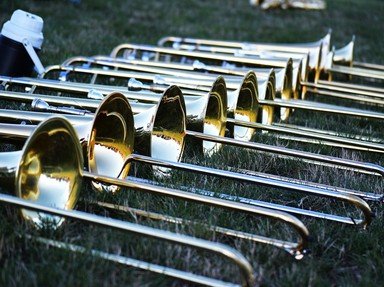Quiz Answer Key and Fun Facts
1. The horn of plenty has been a symbol of abundance since ancient Greek times. Coming from Latin, which of these words was the original term for "horn of plenty"?
2. Which of these musical instruments is traditionally made with red pine?
3. The Horn of Africa is a geopolitical region in East Africa that juts out into the Indian Ocean. Which of these countries is NOT part of the Horn of Africa?
4. The "horn" of which sea animal is actually the creature's canine tooth?
5. Known for its "awooga" sound, what is the term for this type of electromechanical horn historically used on numerous different vehicles?
6. Which Norse god carries a horn called Gjallarhorn, which he is to blow in order to herald in the beginning of Ragnarok?
7. The bullhorn, which amplifies one's voice to large crowds, is also known by what other name?
8. In the television series "Heroes," which character (and adoptive father to a daughter named Claire) was affectionately nicknamed "HRG" because he always wore horn-rimmed glasses?
9. The kiwano (often referred to as the "horned melon" or "horned cucumber") is a vine fruit native to which continent?
10. The organisms known as "horny toads" actually belong to which taxonomic class?
Source: Author
trident
This quiz was reviewed by FunTrivia editor
agony before going online.
Any errors found in FunTrivia content are routinely corrected through our feedback system.
